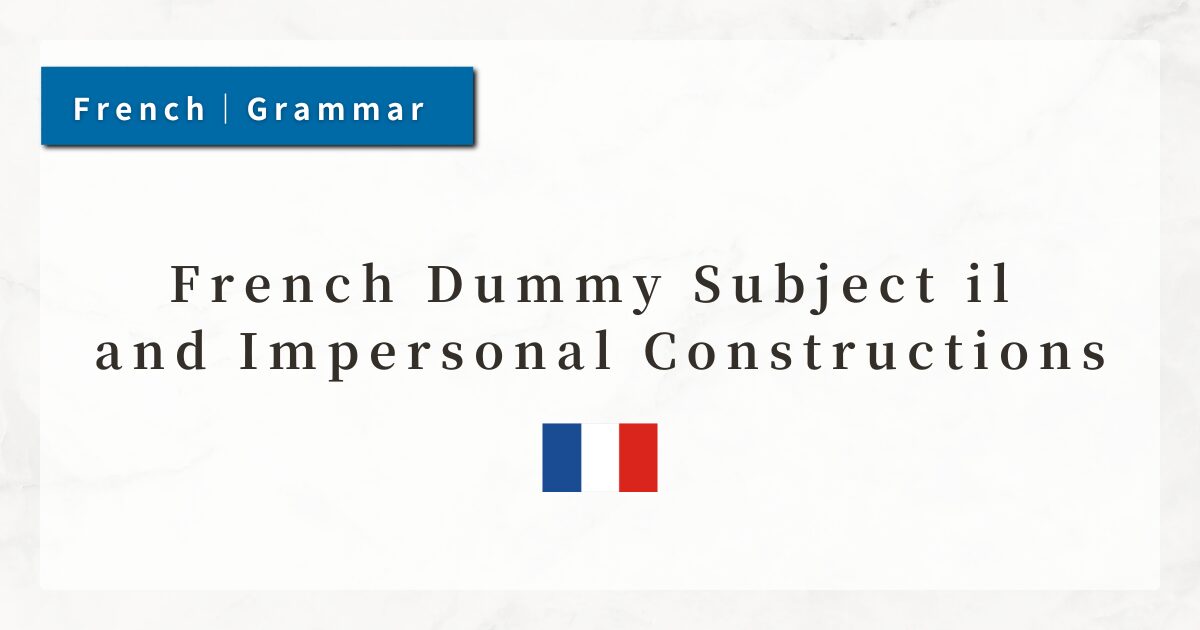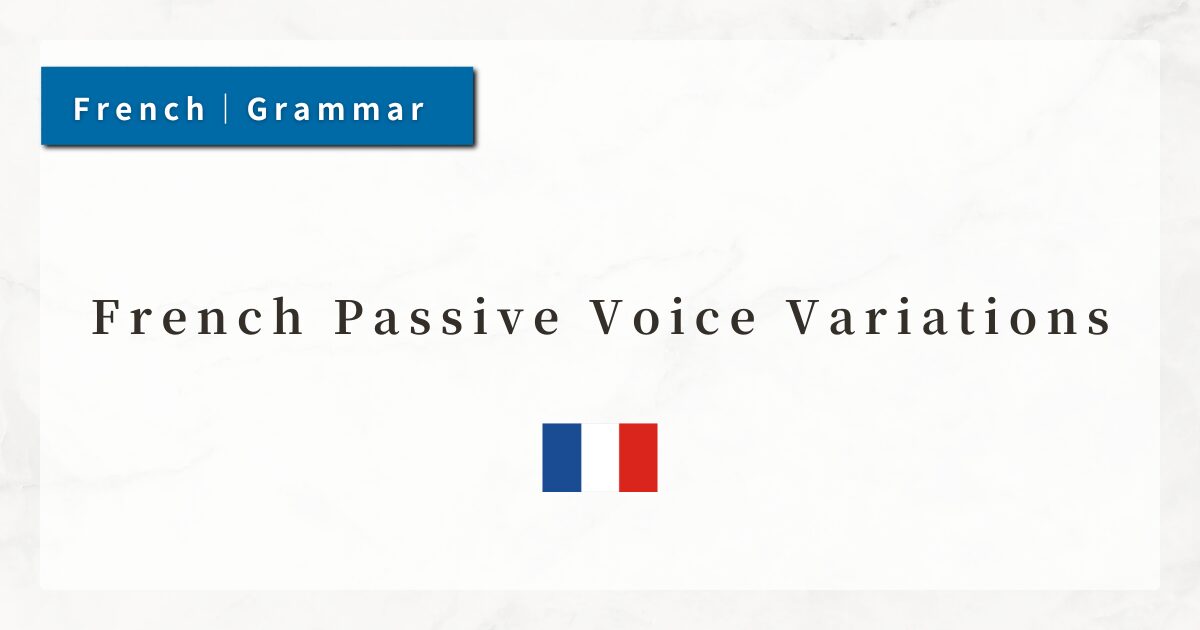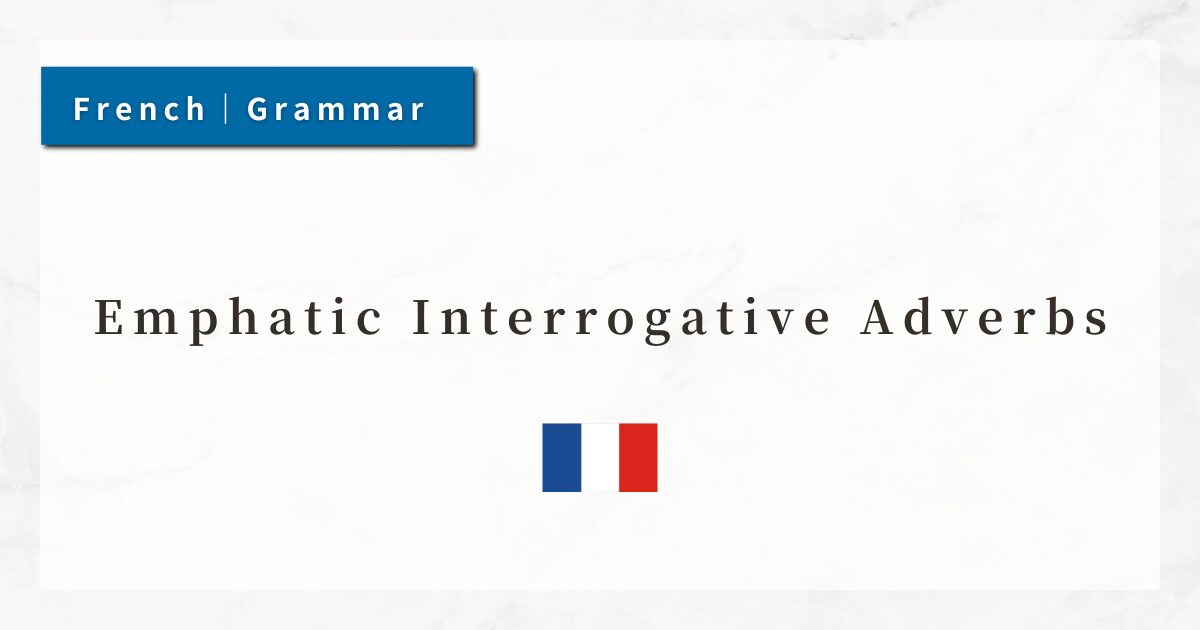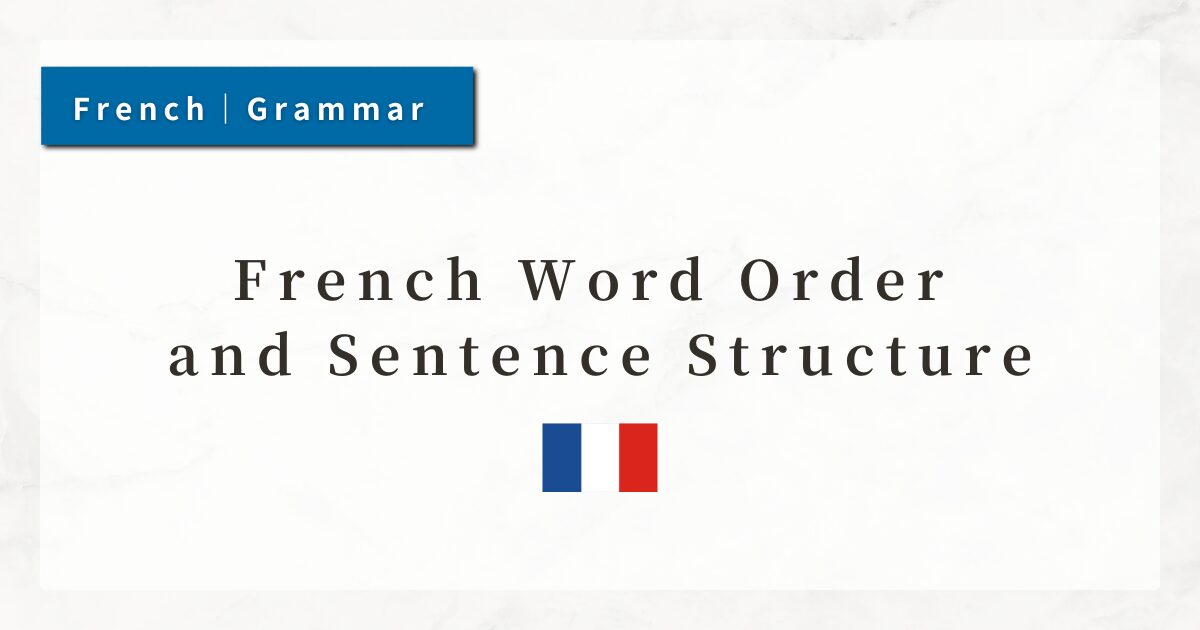#45 French Stem-Changing Verbs | Conjugation Patterns and Example Sentences
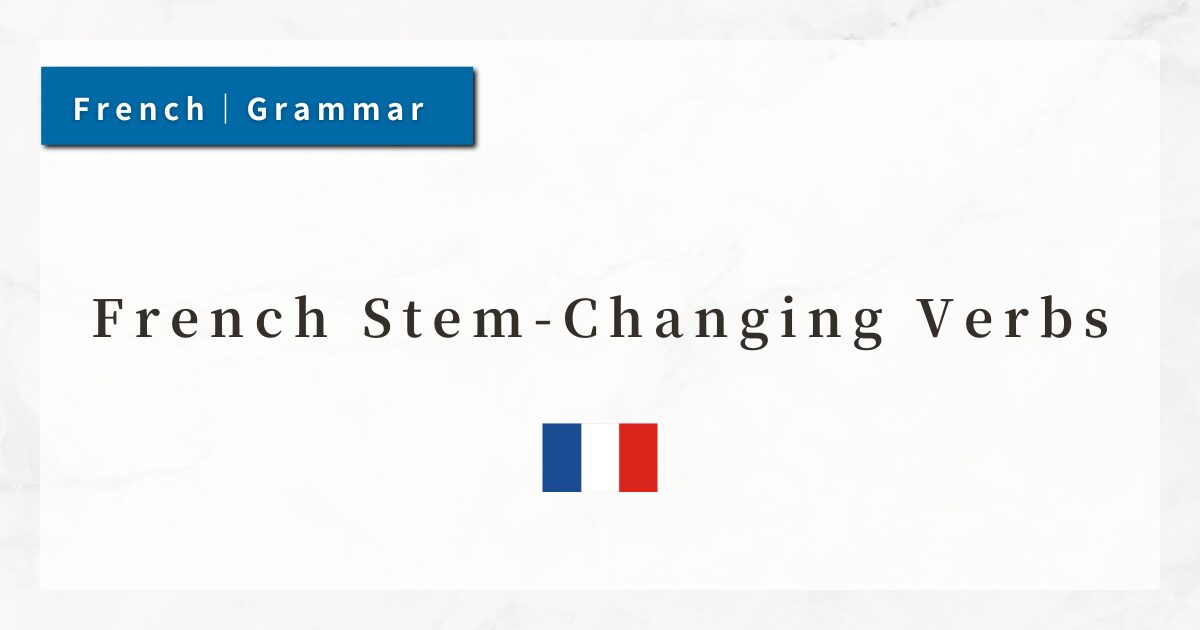
In French, verbs not only change their endings according to the subject, but in some cases, the verb stem itself undergoes a change.
Because stem changes frequently appear in both spoken and written French, it is important to understand the basic patterns at an early stage.
In this lesson, I will explain the main types of stem changes in French verbs and how they work.
1. What Are Stem Changes?
Normally, French verb conjugation is based on the stem, which is obtained by removing the infinitive ending (-er, -ir, -re, etc.) and then adding the appropriate ending.
- parler (to speak)
→ je parle, tu parles, il parle (stem: parl)
However, some verbs undergo changes in their stem depending on the subject. Both the spelling and pronunciation change, so these forms must be learned carefully.
Stem changes typically occur in the following subject forms:
Subjects where stem changes occur:
- je (1st person singular)
- tu (2nd person singular)
- il / elle / on (3rd person singular)
- ils / elles (3rd person plural)
By contrast, the 1st person plural (nous) and 2nd person plural (vous) forms usually retain the original stem.
2. Main Patterns of Stem Change
Stem changes occur to maintain balance in spelling and pronunciation. There are four common patterns:
- Accent shift (préférer type)
→ é becomes è (e.g., je préfère) - Consonant doubling (appeler type)
→ final l or t doubles (e.g., j’appelle) - Vowel shift e
→ è (acheter type) → e becomes è (e.g., j’achète) - Consonant shift y
→ i (payer type) → y becomes i (e.g., je paie)
3. Accent Shift (é → è)
This type appears in verbs where the stem contains é (accent aigu). In conjugation, é changes to è (accent grave).
Example: préférer (to prefer)
- je préfère, tu préfères, il préfère, ils préfèrent (stem: préfèr)
- nous préférons, vous préférez (stem unchanged)
This change ensures that the stress remains in a natural position. Other verbs of this type include:
- espérer (to hope)
→ j’espère (stem: espèr) - répéter (to repeat)
→ tu répètes (stem: répèt) - compléter (to complete)
→ il complète (stem: complèt)
French distinguishes word stems by accent placement and type—something not found in Japanese or English.
4. Consonant Doubling (l → ll / t → tt)
In this type, the final consonant of the stem (often l or t) is doubled, producing a stronger sound.
Examples:
- appeler (to call)
→ j’appelle (l → ll) - jeter (to throw)
→ tu jettes (t → tt)
Conjugation of appeler:
- With stem change (l → ll):
j’appelle, tu appelles, il appelle, ils appellent - Without stem change:
nous appelons, vous appelez
The doubling smooths the connection between stem and ending, creating more regular rhythm in pronunciation.
5. Vowel Shift e → è (acheter type)
Here, the vowel e in the stem changes to è.
Example: acheter (to buy)
- j’achète, tu achètes, il achète, ils achètent (stem: achèt)
- nous achetons, vous achetez (stem unchanged)
This type appears frequently in verbs where the unstressed “e” is weak; the change to “è” strengthens the pronunciation. Other verbs of this type include:
- se lever (to get up)
→ je me lève - se promener (to take a walk)
→ je me promène - geler (to freeze)
→ il gèle
6. Consonant Shift y → i (payer type)
In verbs such as payer (to pay) and essayer (to try), the y in the stem changes to i.
Example: payer
- je paie, tu paies, il paie, ils paient
Variants such as paie and paye are both acceptable. In written language, “je paye” may be used, while in speech, “je paie” is more common.
Other verbs:
- essayer (to try)
→ j’essaie / j’essaye - envoyer (to send)
→ j’envoie
7. Summary
- Stem changes occur mainly in je / tu / il / elle / ils / elles forms, but not in nous / vous.
- Changes maintain balance in pronunciation and spelling by altering vowels or consonants in the stem.
- Main patterns are:
é → è (préférer type)
l / t → ll / tt (appeler, jeter type)
e → è (acheter type)
y → i (payer type) - Learn them by grouping according to pattern, while getting used to their sound and rhythm.

